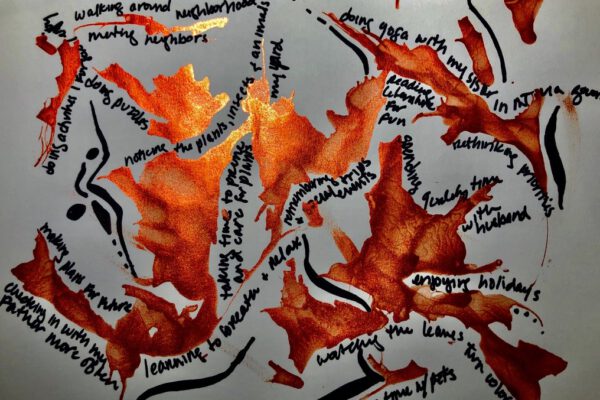
Reneé Weissenburger
Engaging in creative projects can be marvelous for fostering confidence, self-reliance and team-building skills. Sharing work can invite positive criticism and help articulate ideas which one might not be able to otherwise express. In a safe environment, receiving feedback from an audience can serve as a catalyst for inspiration, risk-taking, and outside-the-box-experimentation.
For all but a rare few, however, offering up one’s work to a group can also place the writer, artist, or performer in a rather vulnerable position. Once the work is presented, the creator has lost control as to how it is received. While most students embrace each other’s work with kindness, analytical discussion can also, unfortunately, bring out competition and unkind criticism. It is not unusual for a couple of students to hinder creativity in others, either by oblivion or malice.
Those who suffer from cluelessness can be taught to think and filter their responses. For many classes, it can be as simple as designating feedback as “question, suggestion, or compliment.” Harkening back to the age-old expression “if you can’t say anything nice, don’t say anything at all,” seems to work with very young children. However, for older children (especially those focusing on process and revision) it can be more conducive to the critical and creative journey to alter this expression a bit: “if you can’t say anything helpful, don’t say anything at all.” This can be prefaced with the notion that even our most beloved writers and artists are continuously trying to improve and grow and that suggestions can be as invaluable as compliments.
Regrettably, those working from the desire to make others feel bad about their work can be a little more challenging to deal with. It can be tempting to simply ban the critic by removing their art privileges. The problem with this, however, is that art can be instrumental in nurturing empathy – an attribute sorely needed in those who strive to tear down the work of others. An alternative course of action is to limit their critical observations to paper. Peer reviews can be handed into the teacher, and if deemed helpful, passed along to the artist. This eliminates, or at least greatly reduces, the likelihood of cruelty pervading the discussion.
Creative sharing should never feed discouragement or embarrassment. Students should leave reviews empowered and up to the challenge of continual improvement and risk-taking.


